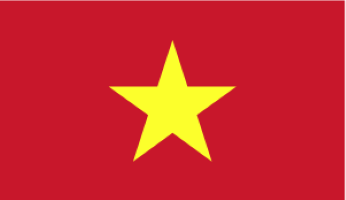As a special trading method, futures trading has undergone a complex evolution from spot trading to forward trading and finally to futures trading. It is the result of people's continuous pursuit of trading efficiency and reduction of trading costs and risks in the process of trading. In the modern developed market economy system, the futures market, as an important component, together with the spot market and the forward market, constitutes a multi-level organism with both division of labor and close connection.
(I) Futures trading and spot trading
The direct objects of buying and selling are different. The direct object of spot trading is the commodity itself, with samples, physical objects, and pricing based on the goods. The direct object of futures trading is the futures contract, which is how many lots or futures contracts are bought or sold.
The purpose of the transaction is different. Spot trading is a transaction of one hand of money and one hand of goods. It obtains or transfers the ownership of the goods immediately or within a certain period of time. It is a direct means to meet the needs of both buyers and sellers. The purpose of futures trading is generally not to obtain physical goods upon maturity. The purpose of hedgers is to transfer the price risk of the spot market through futures trading, and the purpose of investors is to obtain risk profits from the price fluctuations in the futures market.
Different trading methods. Spot trading is generally a one-on-one negotiation and contract signing. The specific content is agreed upon by both parties. If the contract cannot be fulfilled after signing, legal action must be taken. Futures trading is conducted in an open and fair competition manner. One-on-one negotiation transactions (or private hedging) are considered illegal.
Different trading venues. Spot trading is generally not restricted by trading time, place, and object. The transaction is flexible and convenient, with strong randomness, and can be traded with opponents at any place. Futures trading must be conducted openly and centrally in accordance with regulations in the exchange, and cannot be traded over the counter.
Different commodity ranges. The varieties of spot trading are all commodities that enter circulation, while the varieties of futures trading are limited. They are mainly agricultural products, oil, metal commodities, and some primary raw materials and financial products.
Different settlement methods. Spot trading is settled upon delivery of goods, and no matter how long it takes, it is settled once or several times. Futures trading implements a daily non-liability settlement system, and must settle profits and losses daily. The settlement price is calculated based on the weighted average of the transaction price.
(II) Futures trading and forward trading
The trading objects are different. The object of futures trading is standardized contracts, and the object of forward trading is mainly physical commodities.
The functions are different. One of the main functions of futures trading is price discovery. The contracts in forward trading lack liquidity, so they do not have the function of price discovery.
The performance methods are different. Futures trading has two performance methods: physical delivery and hedging and closing positions. The final performance method of forward trading is physical delivery.
The credit risk is different. Futures trading implements a daily non-liability settlement system, and the credit risk is very small. Forward trading has a long period of time from the conclusion of the transaction to the final physical delivery. During this period, various changes will occur in the market. Any behavior that is not conducive to performance may occur, and the credit risk is very high.
The margin system is different. Futures trading has a specific margin system. Whether or how much margin is collected for forward trading is privately agreed by the two parties to the transaction.








